How do you ensure that your product database is organized, structured, and up-to-date across all online sales channels, so that the products are easily accessible, trusted by web store visitors, and convert well? This often boils down to having an effective eCommerce product catalog management in place. This is a customer-first sales strategy that has a huge bearing on the success rate of an eCommerce business.
eCommerce Product Catalog Management is a dynamic process in which the products are categorized in a specific way to make sure the customers get consistent product information across all channels. In addition to an alluring exhibition of the products, this strategy conveys technical, emotional, and user-oriented information about the products like description, images, call to action, attributes, designs, features, and much more.
Limitations of the Conventional Method
The conventional method, in which the sellers themself create a catalog, add products and enter descriptions may sound easy on the adminÔÇÖs part but has its own disadvantages. There have been instances when some eCommerce marketplaces had to face strong customer backlash due to wrong product descriptions entered by the sellers.
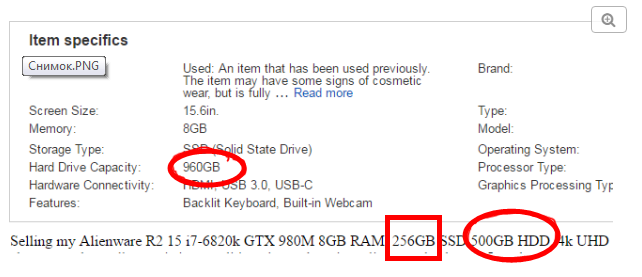
The information mismatch is quite evident in the above image. When this happens, the customer loses trust as well as interest in the product, and eventually in the seller. If such issues are not handled in time, customers may gradually stop visiting the marketplace altogether.
And this is just one example. The world of the eCommerce marketplace is full of images, specifications, and descriptions that just donÔÇÖt match. It gets really confusing for the customers to understand what the product really is. And then there are sellers who simply write a product description that has all the keywords, but no information.
This issue can be a big setback for eCommerce multivendor marketplaces and result in huge losses in the customer base.
Importance of eCommerce Product Catalog Management
The importance of eCommerce Product Catalog Management is paramount. It entails integrating a whole gamut of information ÔÇô including product classification, attributes, media, and categorization along with manufacturing, warranty, and policy details into product data. A well-organized catalog not only makes it easier for shoppers to find what they are looking for but also offers information that helps them make buying decisions.
Introduce New Products Easily
Managing or even accommodating new products becomes hard if there is no proper product catalog. Given the extensive efforts that go into managing and updating old and new inventory simultaneously, it is important to manage a product catalog.
Improve Brand Credibility
Customers usually make certain perceptions about a brand based on the appearance of its website and management. Keeping your database well-managed improves your credibility to meet the customersÔÇÖ expectations. Whatever you do for your eCommerce website can impact your brand image in both a positive and negative manner; so be mindful of how you manage your platform.
Deliver Consistent Omnichannel Experience
The eCommerce business is accessible from various channels such as shopping portals, mobile apps, and many more which makes it important for the business owner to deliver similar information and experience on all these channels. Product CatalogÔÇÖs consistent format ensures the customer experience is indeed seamless across all channels.
Enhance Customer Experience
One of the main benefits of Product Catalog Management is that it enables buyers to make informed decisions by providing an enhanced customer experience. Offering a good customer experience makes your business the preferred choice for the buyers in the future leading to repeat business.
Leverage these benefits with effective and accurate product catalog management
Challenges of eCommerce Product Catalog Management
All said and done, managing an eCommerce product catalog is no simple task. It is a time-consuming and laborious process that involves several significant activities. There are multiple challenges to building an intuitive and descriptive product catalog that renders a seamless shopping experience. Here are a few challenges eCommerce retailers face with eCommerce Product Catalog Management.
Multiple Stakeholders Involved
The multiple stakeholders involved can make managing and updating the catalog intricate and laborious. For instance, if the product units differ between your supplier and system, the management of the catalog will be a challenging task.
Catalog Management Tool Selection
Choosing a product catalog management tool requires an in-depth understanding of the business and the features required. This becomes more challenging when choosing the tool for multinational companies as their operations are constantly scaling and their internal operational systems differ across the globe.
Unstandardized Catalog Management
All the product information needs to be translated into a clear, customer-centric format meeting customersÔÇÖ expectations and also making it suitable for your system. Several times the usability of data by customers is different from the one you have managed, making this a critical challenge.
Non-Scalable Product Catalog
The expansion of business also means the expansion of the product catalog. It does not only involve adding new products but also has a major impact on the existing catalog system. However, the inability of the catalog to scale can lead to critical challenges.
Connect With an Expert to Address the Product Catalog Challenges in an eCommerce Store
Best Practices for eCommerce Product Catalog Management
To overcome these challenges, we have come up with some of the finest practices for managing the eCommerce product catalog.
Provide Quality Product Information
Building the trust of the customers is one of the most important things to do for a business owner so that the customers are more likely to place an order with you. So as to reach this goal, it is essential to provide accurate and reliable product information in the product catalog.
Make sure you check the below aspects to achieve good quality product information.
- Include comprehensive details of the products such as measurement, inventory, usage, etc. in the catalog for the customers to easily assess the products. The information should be clear and easy to navigate.
- Update the product information (static & dynamic) regularly which can significantly optimize the shopping experience and help users make accurate decisions.
- Illustrate the products using high-quality images and videos to attract visitors and keep them engaged. This will actually take the product information one step further and will give a more realistic view of the product, improving the chances of conversion.
Categorize the Products
Categorizing your products will help the customers easily browse through the catalog and filter/sort the products as per their requirements. Make sure to categorize the products from the customerÔÇÖs perspective by thinking about how they search your website and look for information. To categorize your products:
- Make sure categories are consistent for all the products; do not switch between ÔÇ£SmallÔÇØ and ÔÇ£SÔÇØ while categorizing.
- Check if all the measurement units (centimeters & inches) are consistent.
- Do not generalize the categories of all the products. Include additional product attributes, wherever required, to help make the customers make the right decision.
Map the Catalog Management Process
The involvement of multiple stakeholders complicates the catalog management process. Mapping out the whole process can help you identify the pain points and understand the position of internal and external stakeholders along the process. The mapping of the catalog management process explains:
- When the internal and external stakeholders get affected.
- When and how to update the product catalog.
- Further steps required to gain maximum profit.
Cross-Sell and Upsell With Alternative Products
In order to increase the average order value, it is recommended to showcase associated products to cross-sell or upsell the customers. This practice not only benefits you, but your customers also find the relevant and associated products which they will require eventually.
Manage the Product Database Properly
Maintaining the database is an unavoidable part of managing the product catalog. To keep the database clean and updated, you can:
- Keep a single source of data for the product catalog without replicating it in any other systems, which is a more efficient as well as error-free process.
- Specify the roles and responsibilities across all channels to avoid miscommunication and mismanagement of the database. This also helps you maintain and safeguard data quality and avoid data redundancy.
- Check the scalability of the database, if you are considering expanding your business and product range.
Select the Right Catalog Management Tool
Although, selecting the right catalog management tool requires technical knowledge, performing a survey can help a lot in making an informed decision and choosing the one that meets your business requirements. There are several tools available in the market for product catalog management such as:
- An eCommerce platform
- A product information system
- A spreadsheet software
- An eCommerce platform integrated with your software
While choosing a tool, take into account multiple aspects such as the existing tech stack, complexity of your product catalog, long-term goals, business size, and availability of resources.
Personalize the Product Catalog
B2B businesses experience more complexity while managing catalogs as the prices differ for different customers and ordering situations. Make sure the catalog management tool supports tailored catalogs that enable you to serve relevant content to the customers.
How Yo!KartÔÇÖs Catalog Module Helps?
Yo!Kart, one of the most efficient eCommerce marketplace builders available in the market, comes with this remarkable feature that gives good control of what goes where in the ÔÇ£ProductÔÇØ section. This feature allows the admin to create as many catalogs as they like and manage them easily.
All thatÔÇÖs left for vendors to do is to select a product from the existing catalog, add it to their inventory and mention the price they want to quote. And in case thereÔÇÖs a product that is not listed in the catalog, the vendor can send a request to the admin for the same.
How to Add Categories & Products in Yo!KartÔÇÖs Product Catalog?
- Sign in to the admin account.
- Click on the Menu button on the top left side which will display all the options in the menu bar.
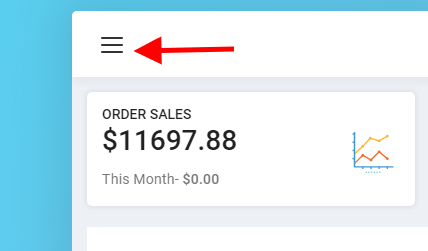
- Click the Catalog Menu which will further display more options.
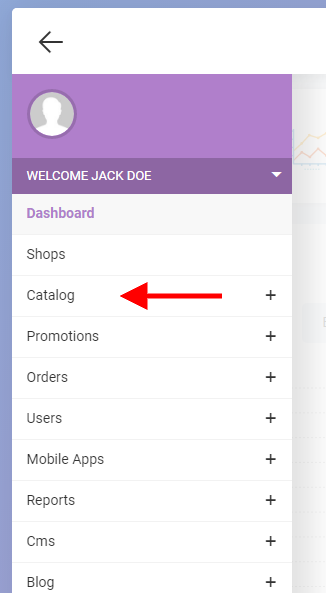
Click Categories to view the existing categories.
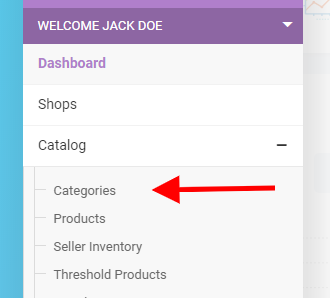
- To add a new category, click the + button.
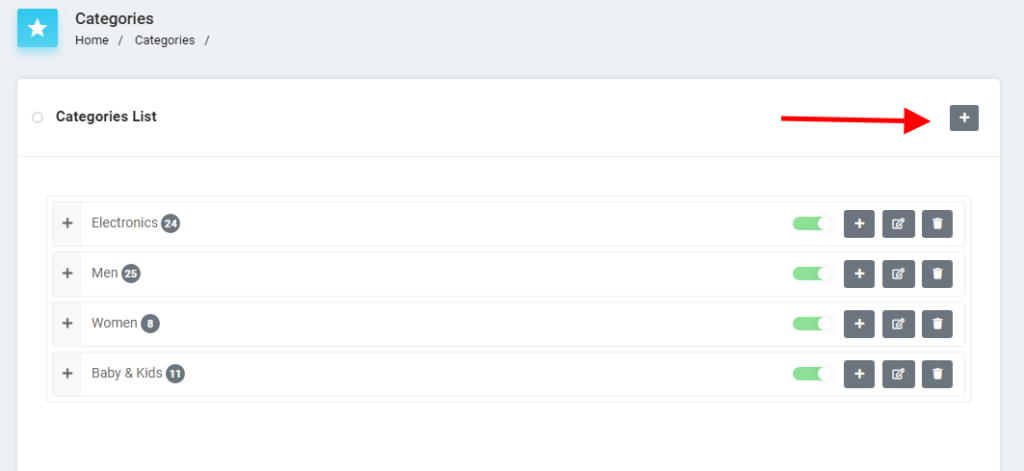
- Fill in the required details in the form and click Save to create the category.
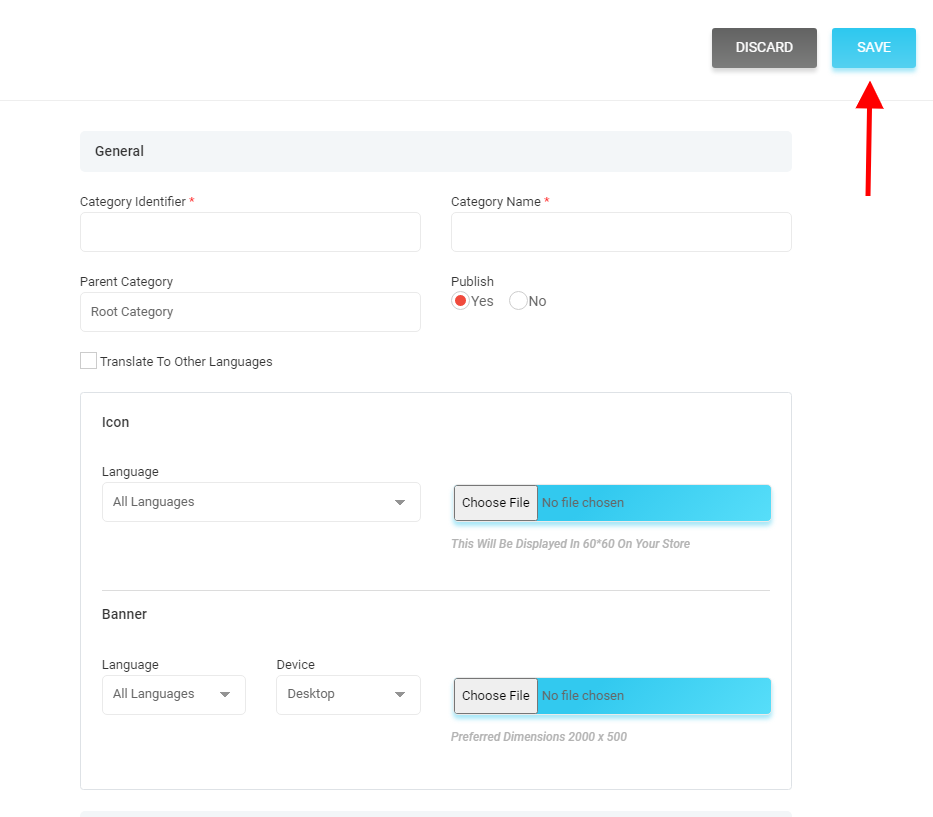
- To add a product to the catalog, click Products under Catalog.
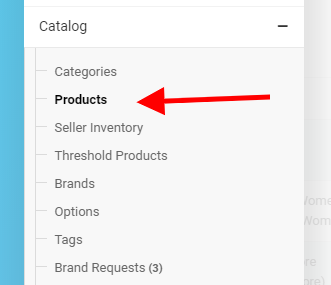
- Click the + button to add a new product to the catalog.

- Fill in the details of the product in all the tabs.
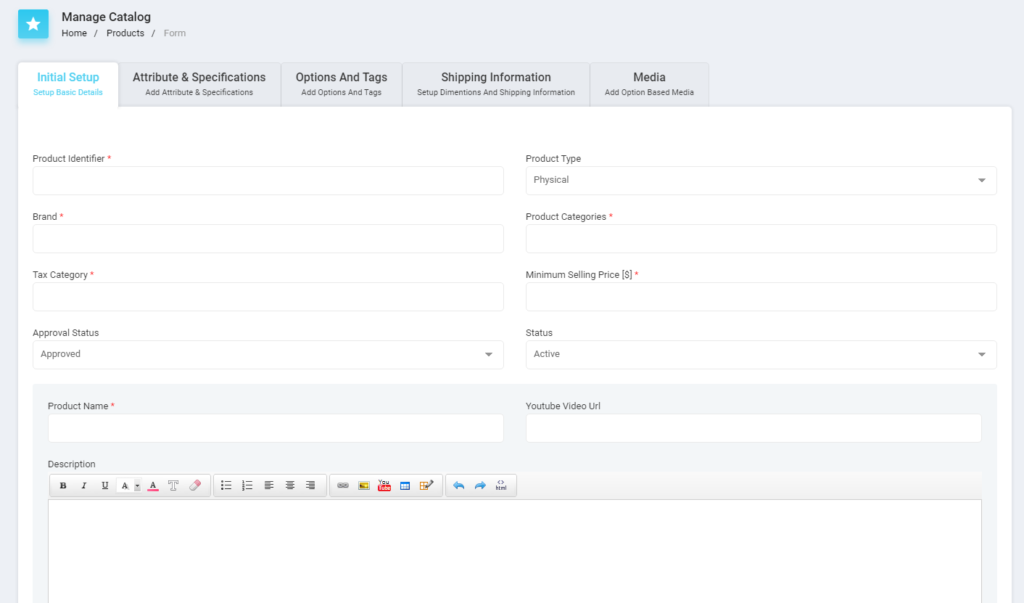
- Click Save at the end to get the product listed on the website.
There are several other options available in the Catalog Module to manage the product catalog more seamlessly. You can check out the user manual to know more about them. This way, the descriptions, and specifications will be carefully entered by the admin. If the product doesnÔÇÖt match the description, the admin can simply remove it.It will make things a lot easier for the sellers too. Product Catalog Optimization like the refinement of the images, descriptions, and specifications will all be handled by the admin for the ease of end-users. The end result is as good as it gets: happy customers, happy sellers, and a prosperous business.



